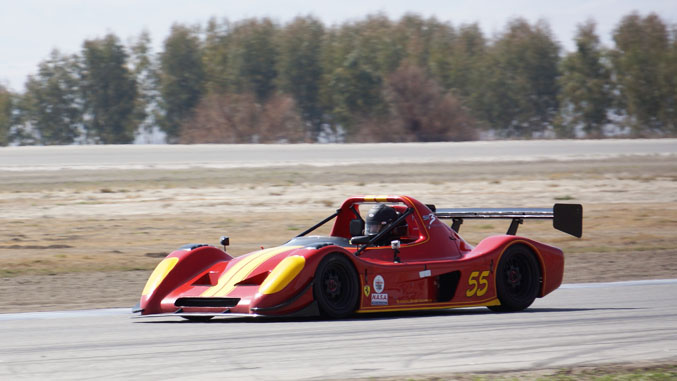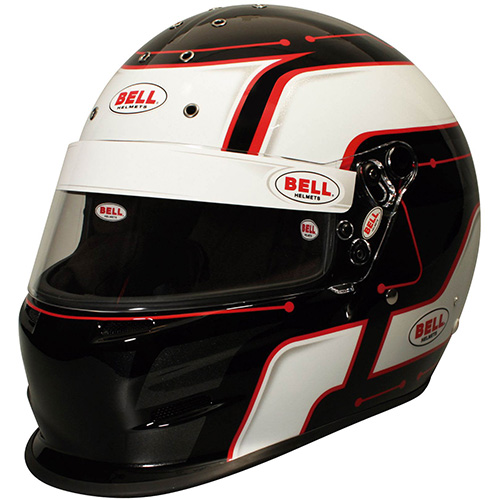Speed Secrets: Upgrade Your Driving Software

We do what we do because we're programmed to do so. We don't do what we want because we either don't have the programming to do it, or we access the wrong program at the wrong time.
Your brain is full of different mental programs – perhaps billions of them. You have a program for brushing your teeth, pouring milk from a jug, for how to turn the steering wheel of your car. That’s why it's difficult to brush your teeth with your non-dominant hand – because you don't have a program to do it that way. Well, you may have a "beta version," but there are some bugs in it still, and it isn’t very well developed.
You may even have different versions of many programs for racing, such as one to turn the steering slowly into very fast turns, and quickly into slow, tight turns.
So, where do we get these programs? We develop them through physical repetition, right? The other day I saw a very young girl sitting on her father's lap, steering their car as they drove through a neighborhood. This girl was beginning the process of developing the mental programming to steer a car.
Of course, to drive a car around a race track at speed requires countless numbers of mental programs, from how to apply and release the brake pedal, to where you look; from shifting to how to react if the car begins to oversteer. You may even have a mental program for heel-and-toe downshifting.
Going back to my question about how we develop these programs, think about a way other than physically practicing that we create and fine-tune our programming. We also develop programming through mental practice. Typically referred to as visualization, the correct term is mental imagery.
Mental imagery is imagining in great detail the sights, sounds, and feelings connected with an activity or task. The more senses you use in imagining the activities or task, the more real it seems to the brain, and the better the quality of the resulting program.
Many drivers will consciously "think" their way around a race track and say they're visualizing it, but that's not real mental imagery. And it's marginally effective (better than nothing, but not by much). Instead, if you sit down, close your eyes, relax your body (getting as close as you can to that state just before you fall asleep), then imagine in great detail what it looks like to drive the track, what you feel (vibrations, bumps, forces through the seat of your car, feedback from the pedals and steering wheel, weight transfer, etc.), and what you hear (tire noise, engine sound, changes in the sound bouncing off the walls or trees on the side of the track, the wind noise, etc.).
Your brain can't tell the difference between a real and an imagined event if you use enough realism in your mental imagery. The more senses you use, and the more input you imagine, the better the quality of the programming you're creating.
The great thing about mental imagery is that it's free – you can do it as much as you want, you don't need a real track or your car – and it's the only place that you can practice without ever making a mistake. Oh yeah, one more thing: it's super effective. In fact, there comes a point where it may be even more effective than doing something physically.
So, drive… in your mind.
Ross Bentley
For more information about Ross’s tips, coaching, eCourses, newsletter, Virtual Track Walk videos, and other resources to help you drive at your best, go to www.SpeedSecrets.com


















